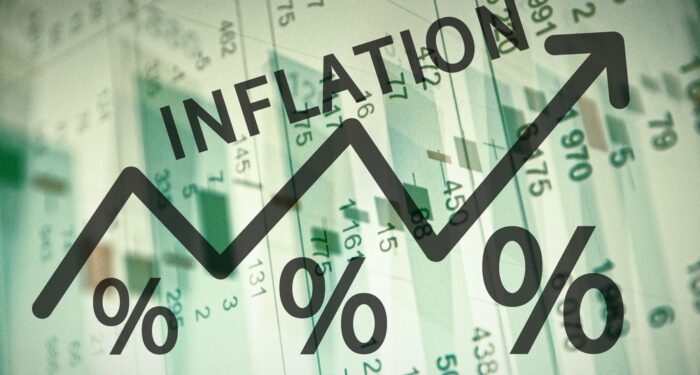There has been modest dip in inflation, giving the Chancellor Rachel Reeves a boost ahead of the Spring Statement today.
Inflation fell to 2.8 per cent in February, down from 3 per cent the month before. Many analysts had been expecting the rate of inflation to remain steady, but this dip was largely driven by a slowdown in the price increase of energy, food, alcohol and tobacco. Services inflation remained unchanged.
The figure is still remains significantly above the Bank of England’s 2 per cent target.
This comes after a rise in inflation at the start of the year, and predictions that it will creep back upwards again from April, as tax and National Insurance prices kick in, which may causes some businesses to put up prices again.
However many welcomed the more positive news and said this will particularly benefits DB schemes. It is also good news for pensioners who will see the state pension rise in April by a far larger rate than these present underlying prices rises.
Simeon Willis, Chief Investment Officer at XPS Group said: “Whilst near term inflation is well above the BoE’s 2 per cent target, longer term inflation expectations have been declining in the last 2 months, meaning that the real yield on UK government bonds above inflation is hovering at a record high for the last 20 years around 2 per cent.
“This is good news for reducing pension schemes liability values. However, there is the potential for continued above target near-term inflation to constrain the scope for interest rate cuts, hampering economic growth, which will hurt pension schemes in other ways, via their risky assets.”
Meanwhile Standard Life’s managing director for retail direct Dean Butler says: “Inflation falling to 2.8 per cent will come as a boost to the Chancellor immediately ahead of the Spring Statement, but it’s likely to rise again before falling and the path to a lower inflation, lower interest rate environment remains uncertain.
“Above-target inflation will make it harder for the Bank of England to justify the significant interest rate cuts that could help facilitate individual and business financial confidence – and potential economic growth. In some relief, most forecasters suggest a gradual return towards the Bank’s 2 per cent target next year.”
Hargreaves Lansdown head of retirement analysis Helen Morrissey points out that this figure is a far cry for the inflation figures that hovered close to 10 per cent two years ago. “We’ve had a rollercoaster ride in recent years and while it’s welcome to see inflation moving closer to the Bank of England’s target, we know how quickly things can change.”
She points out that with inflation remaining above the 2 per cent mark it was important for those buying an annuity to take into account the effect of inflation on the purchasing power of this income. Annuities sales have grow in the last couple of years, due to higher rates.
She says: “The latest data from HL’s annuity search engine shows a 65-year-old with a £100,000 pension can get up to £7,626 from a single life level annuity. Such an income may prove tempting but it’s worth saying that a level annuity’s income doesn’t change over time and so what might look like a great option now might feel less so if inflation takes another upward turn.
“The issue is that starting incomes from an inflation linked product start off much lower – one escalating at 3 per cent currently delivers £5,480 per year – over £2,000 per year lower than a level product. It will however, rise over time.”





